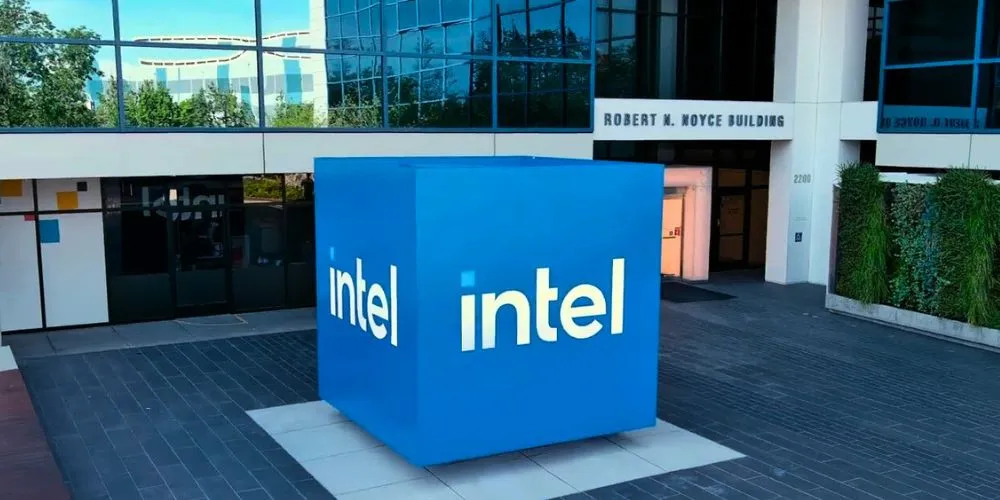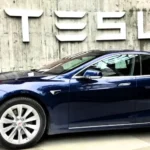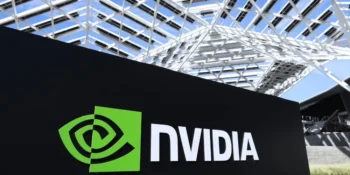Key Points:
- Intel’s Q1 earnings disappointed investors, leading to a 9% drop in share prices. The company faces challenges in revitalizing after years of underinvestment.
- Intel’s decline in semiconductor manufacturing prowess dates back decades, with recent efforts to regain ground proving challenging.
- Gelsinger’s strategy involves a risky business model pivot, focusing on branded processors and manufacturing partnerships.
- Political leaders view Intel as strategically important to the U.S. processor supply chain, but skepticism remains regarding its turnaround efforts.
Intel’s journey toward a turnaround hit a roadblock as the company reported disappointing first-quarter earnings, plummeting its shares by 9%. Despite efforts to revitalize the business under CEO Pat Gelsinger, Intel continues to face challenges in regaining its former glory in the semiconductor industry.
While Intel’s revenue has stabilized, and it remains a key player in powering PCs and laptops, its first-quarter sales fell short of expectations, and the company provided a tepid forecast for the second quarter, signaling weak demand. In his fourth year at the helm, Gelsinger faces an uphill battle in steering Intel back to profitability.
Intel’s struggles stem from years of underinvestment in semiconductor manufacturing, which allowed overseas rivals like Taiwan Semiconductor Manufacturing Co. to gain a competitive edge. To catch up, Intel is investing billions per quarter to close the technology gap by 2026.
Despite Gelsinger’s assurances, investors remain skeptical. Intel was the worst-performing tech stock in the S&P 500 this year, down 37%. The company’s market cap now pales compared to chipmakers like Nvidia, Qualcomm, and AMD, highlighting its diminished stature in the industry.
Gelsinger is pinning hopes on a risky business model change, where Intel will produce its processors and serve as a manufacturing partner for other chip companies. However, Intel’s success in attracting customers will hinge on its ability to regain “process leadership” and compete effectively with rivals like TSMC.
Despite the challenges, there are calls to support Intel in its efforts to regain competitiveness and preserve its status as an iconic semiconductor company. However, the company must demonstrate tangible progress in executing its turnaround strategy to win back investor trust and reclaim its position in the semiconductor market.










